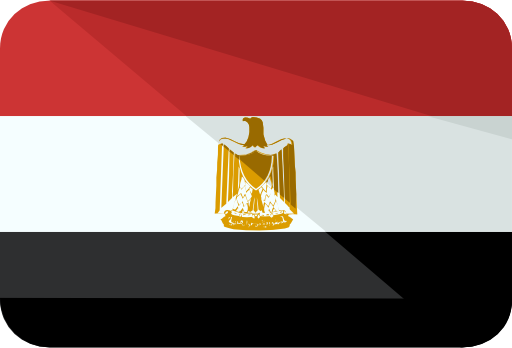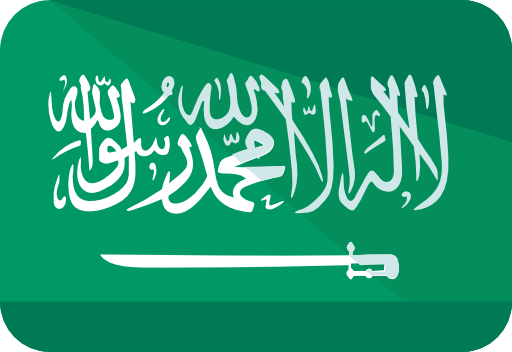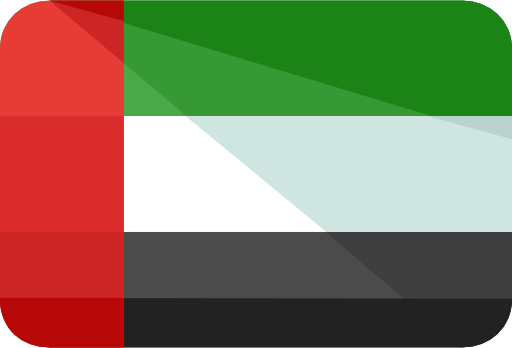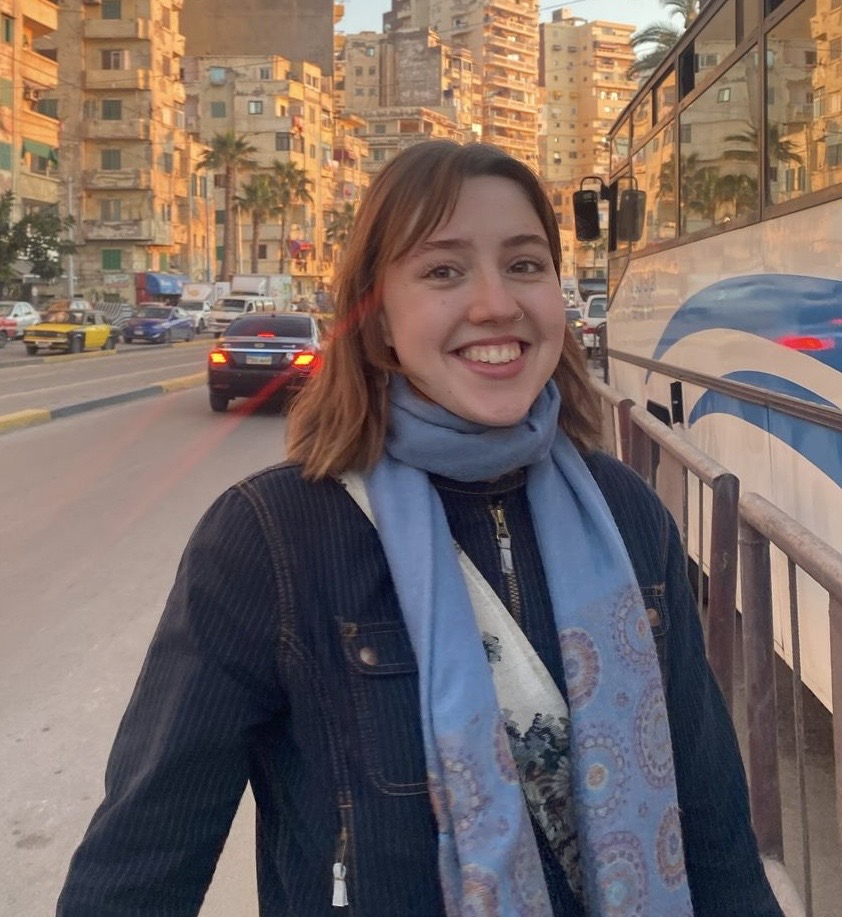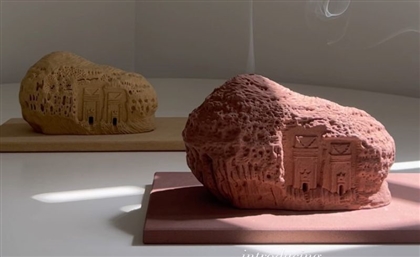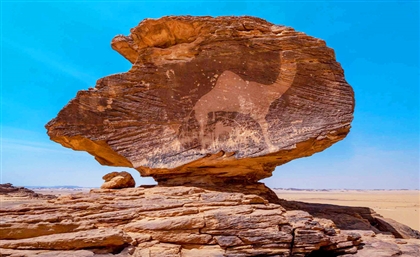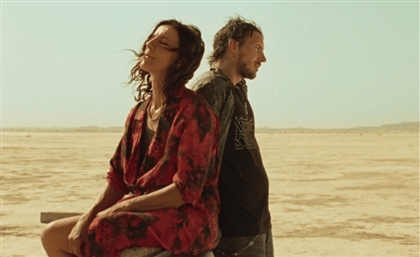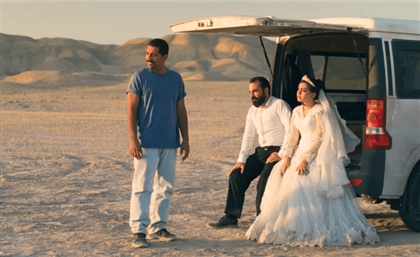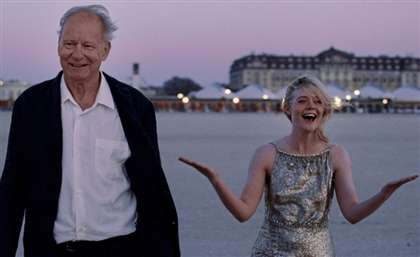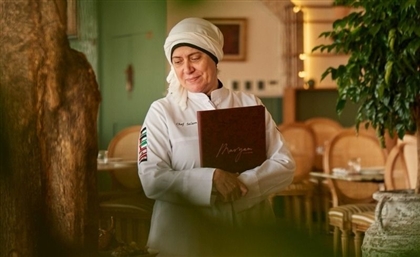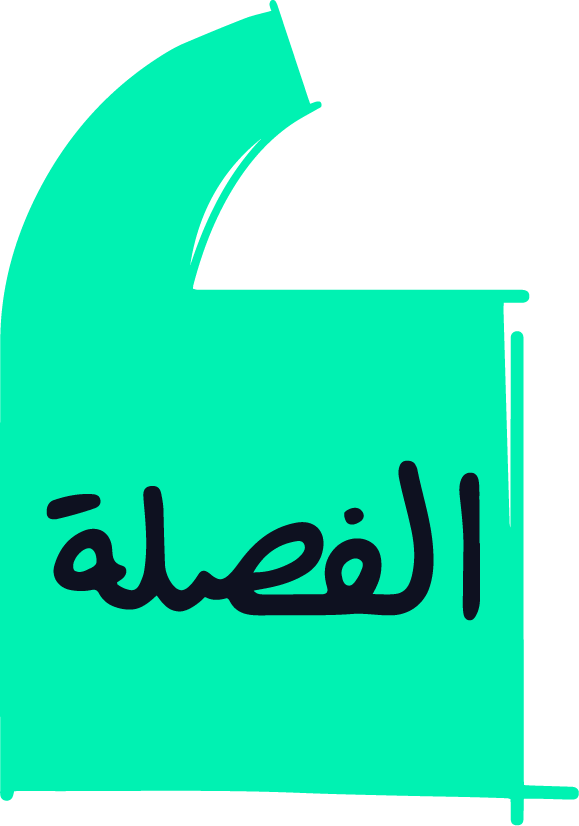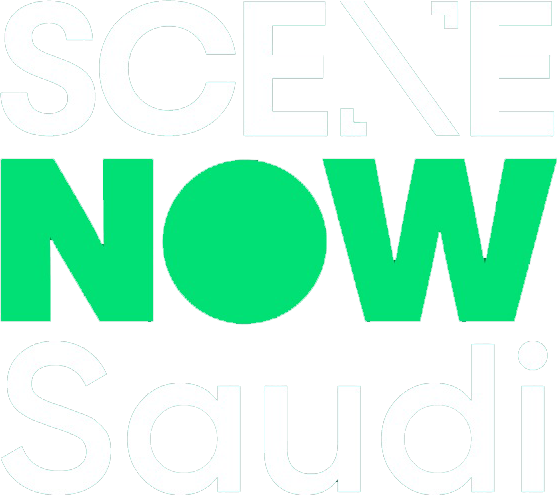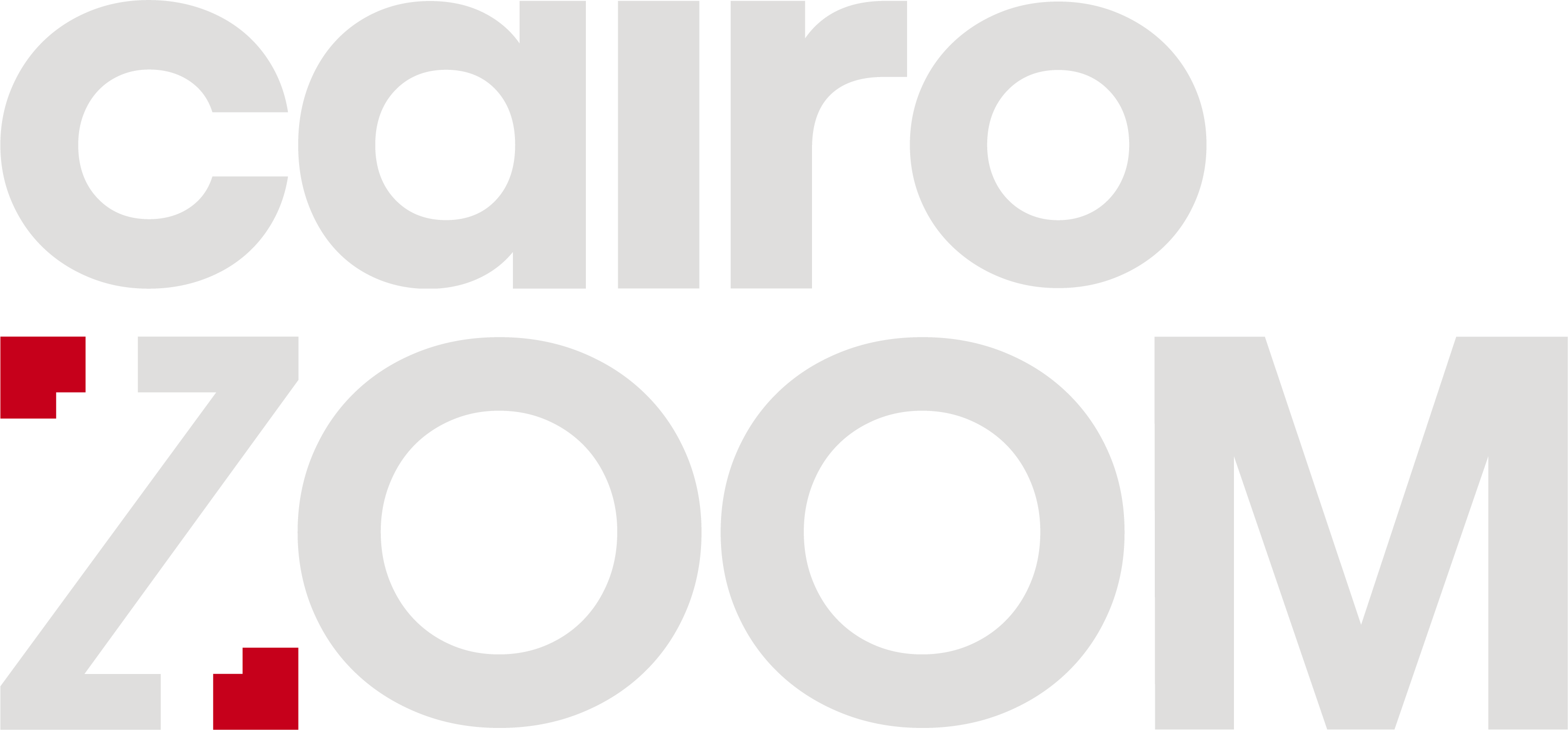Diriyah’s ‘Maknana’ Exhibit Reclaims New Media Art Through Arab Lens
Featuring 50 artists from across the Arab world, ‘Maknana’ at Diriyah Art Futures reframes automation, AI and digital media with Arab perspectives—past, present and speculative.
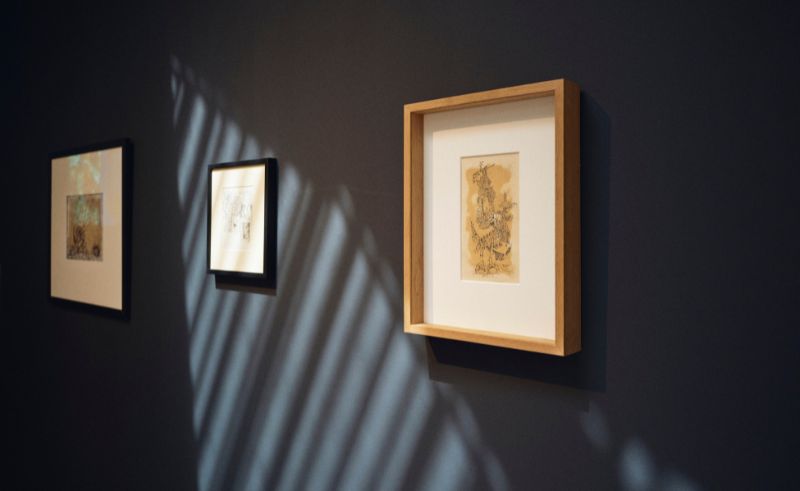
As an emerging medium, New Media Art is often associated with globalised aesthetics and Western art institutions—but a new exhibition at Diriyah Art Futures (DAF) in Saudi Arabia rewires that narrative. ‘Maknana’, a term derived from the Arabic word for "automation," gathers 50 Arab artists to explore how digital technologies, from AI to early computer graphics, can map a cultural landscape where the Arab creator stands fixed in the centre. The exhibition demonstrates an authenticity and originality of expression that is neither borne out of Western imitation nor a grasping for a reclaimed past. Curated by Dr. Haytham Nawar and Ala Younis, the show foregrounds Arab artists as the architects—not recipients—of New Media’s evolution, treating technology as both canvas and co-creator.

As the second exhibition at DAF, ‘Maknana: An Archaeology of New Media Art in the Arab World’ reflects the hub’s ongoing commitment to stimulating the digital art ecosystem in Saudi Arabia and beyond. The name alone feels more like a thesis than a title, capturing the versatility of technology in an artistic context, being—as the curators put it—“a medium for exploration, a tool in the production process, or even a collaborative nonhuman partner in the creative output.”
Beginning with the early experiments of the 1960s, across the scale-up art movement of the 1990s, to the cutting-edge digital, robotic and AI-enhanced productions of the 21st century, the definition for New Media Art is as expansive and inclusive as the collection implies.
-c51ef7d5-866b-46f0-b383-c0b491acd87b.jpg)
“New Media Art can be an umbrella term for an open-ended genre of artistic practice that utilises emerging technologies,” the curators explain.
Yet, there remains a more urgent definition of New Media Art - one that is proffered by Dr. Haytham Nawar and Ala Younis in their curation. For Arab artists, these new mediums have represented and continue to represent an urgent challenge to traditional western-centric forms of art and create new modes of expression that assert Arab origin.
-2ccc4084-fbe3-4fd3-9bf9-4dbbbe12a580.jpg)
“We felt that the research and selection process was like an archaeological act,” Nawar and Younis reveal. “It also aimed to make the micro-histories of new media art related to the Arab World more visible.”
Unfolding over four themes—Automation, Autonomy, Ripples, and Glitch—each piece represents and provokes an excavation of art, humanity, society, and the machine. The Automation section seeks to investigate the logic of systems and machines—and how this logic is reflected and utilised in creative practices. Autonomy then takes the factual narrative of Automation and transforms it into a treatise on personal and political expression.
-9d6ad05f-a826-4373-a37a-0298bf0f39c9.jpg)
In Ripples, the cross-cultural, multidisciplinary, and trans-chronological nature of new media art is illustrated throughout the section. And finally, in Glitch, the errors and disruptions which accompany new technologies are re-coded as metaphors for Arab resilience and adaptation.
“Arab artists represent a refreshingly dynamic and diverse range of views and practices that are in direct conversation with the political and social scenes they emerged within,” the curators explain. “Every project in the exhibition is full of meanings, as much as of technological manoeuvres, exploration, or manifestation.”
-bbe61c32-a2c2-4cd0-8dd7-082f26ccd289.jpg)
The scale feels profound, but the effect is cohesive. Collectively they dissect, disband, and reassemble the notions of how art is created.
While Arab artists, at home or in the diaspora, are uniquely situated to challenge dominant global narratives and paradigms with their art, Saudi artists stand at a unique crossroads of opportunity. Working in a country with a particular abundance of youth potential, armed with unprecedented technological literacy and engagement, there is a sense of talent bubbling in the Saudi arts scene which spills into ‘Maknana’, and out of DAF.
-796bec48-6f30-4799-807c-2d43dbc03fea.jpg)
Among the Saudi artists pioneering this New Media rearticulation is Ahmed Mater. At ‘Maknana’, he provides a collection of media objects that recall the media associated with growing up in Saudi Arabia. His art pushes the boundaries of 2G phones and bluetooth connections to their expressive limits, paying witness to the modernisation and expansion of media in the Kingdom. Muhannad Shono employs a robotic creative which constantly migrates and transforms in its location, whilst Mohammed Alsaleem’s early computer drawings, created via Paint software, provide a digital version of his signature ‘horizontal’ shapes. Ruba Al Sweel provides a collection of video material collated from Saudi internet and cell phone culture. Abundant in glitches and digital economy, they offer a unique insight into the experience of crisis in the digital age, through digital means. Finally, we enter the present day with ARC’s (Abdullah Rashed) work on NFTs, which utilises and addresses the emerging aesthetics of internet art.
Accompanied by a comprehensive public programme, DAF continues to position itself as both an archive of Arab artistry and an aperture for the artists of tomorrow. “Ultimately,” the curators say, “we want visitors to leave with a renewed appreciation for the richness of Arab contributions to New Media Art, and a broader understanding of how technology can be both a tool of creation and a medium of reflection.”
-24f19a74-7ee2-48a5-b62e-6f113d880a99.jpg)
The exhibition will run at Diriyah Art Futures, situated near the UNESCO World Heritage Site of At-Turaif, until July 19th, 2025.
Trending This Week
-
Dec 04, 2025

